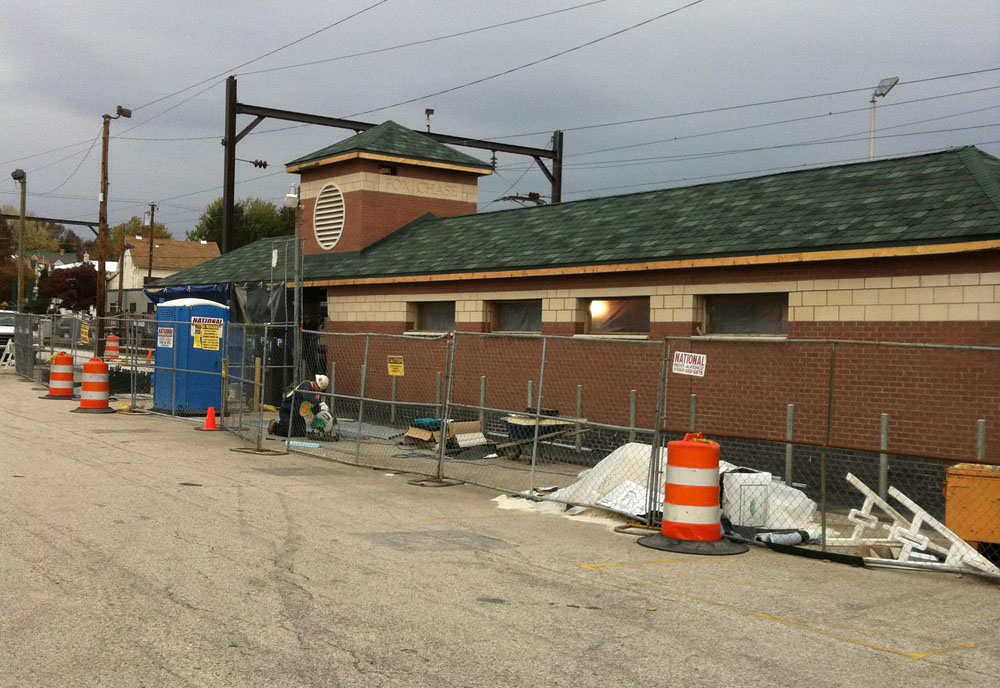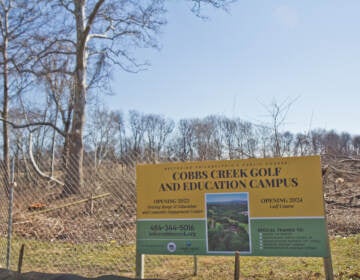Central Northeast District draft plan to be revealed in December

The draft recommendations for the Central Northeast District Plan include improving mass transit and making the major auto thoroughfare – Roosevelt Boulevard – safer for drivers, pedestrians and cyclists.
Based on input received so far from community leaders and residents, and city planners’ own research, it calls for strengthening commercial centers in Fox Chase, Rockledge and at Five Points – the intersection of Cottman, Rising Sun and Oxford by the Honor Memorial, said community planner and Central Northeast District Plan project manager Michael Thompson.
The Central Northeast District Plan will be one of 18 district-level plans that are part of the city’s comprehensive plan. This plan includes Fox Chase, Burholme, Rhawnhurst, Lexington, Bells Corner, and the northern portions of Lawndale, Upper Northwood and Castor Gardens. Thompson and other planning staffers will present the draft recommendations from 5:30 to 7:30 p.m. Dec. 3 in the main auditorium of Northeast Philadelphia High School, 1601 Cottman Ave.
“We feel like the district is doing very well. It’s growing,” Thompson said in a recent interview. “It has viable commercial corridors. This is a lot about supporting and strengthening what is already there.”
With a bit of that support and strengthening, Thompson said, the shopping district at Cottman and The Boulevard could go from a place that serves the local community very well to a “competitive regional center.” Not only might people who live nearby skip a trip to King of Prussia, he said, but more of those who live elsewhere would travel to Cottman and The Boulevard to shop.
About that growth: More than 78,266 people live in the district – up 8 percent since 1980. The population is getting younger – the median age has decreased by five years in that time – and it’s also becoming more diverse. Nearly 22 percent of district residents were not born in the United States. Represented cultures include Indian, Chinese, Brazilian, Russian, Latino and Ukranian.
City planners say this growth and diversity are among the district’s key assets, and the draft recommendations include the city taking steps to ensure recent immigrants can become active in their communities and have the support to start businesses if they choose, Thompson said. Part of this may be making sure immigrants find out about existing resources, such as the Welcoming Center for New Pennsylvanians.
Thompson said immigrant-run businesses – and the district already has many – can become regional hubs that may serve people from the region of those nationalities, or may attract many people of all backgrounds to the district.
The city also wants to focus efforts on making the district not just the place where immigrants first live, but the place they want to raise their families, and their children want to raise their families.
The growing population has brought an increasing number of cars, and transit use is not as high in the district as it is in other parts of the city, Thompson said.
Meanwhile, the Boulevard is becoming crowded with cars, and is not a safe place for pedestrians and cyclists, he said.
Recommendations include bus rapid transit for The Boulevard, and support for SEPTA to expand its Transit First Initiative that gives bus drivers the ability to change traffic signals to green so they can travel more quickly. Transit First is already on the 58 bus, Thompson said. “We’d like to expand it onto as many routes in the Central Northeast as possible.”
Other changes proposed for The Boulevard: Intersection improvements and the addition of a shared-use, pedestrian/bicycle path on the east side.
The draft recommendations also include continuing a feasibility study determining whether the PECO right-of-way that cuts through the district and beyond could be home to a biking/walking trail and a strategic trails initiative for Pennypack Park, through which existing trails would be improved and new trails created, if needed.
All recommendations are subject to changes based upon feedback received at the December meeting and afterward during the public comment process, Thompson said.
The public session will be conducted in a “town meeting” format. Participants can review the presentation, which will be displayed on boards, in about 30 minutes and give feedback or ask questions to facilitators at various stations. Snacks will be provided.
Public comment will be open for several weeks after the meeting, with the final draft expected to go to the city planning commission at its January meeting.
For more information on the plan, including previous presentations and summaries of public comment received to date, go here. See previous PlanPhilly coverage here and here.
WHYY is your source for fact-based, in-depth journalism and information. As a nonprofit organization, we rely on financial support from readers like you. Please give today.




